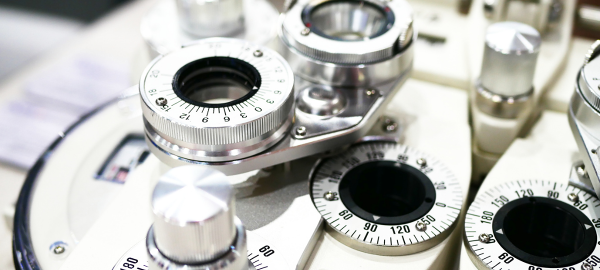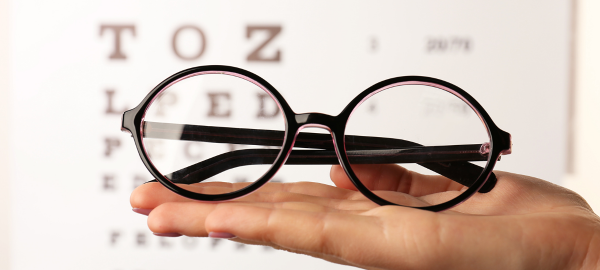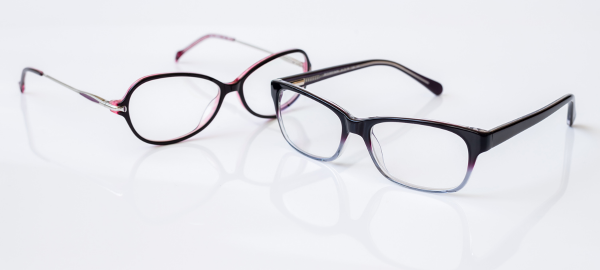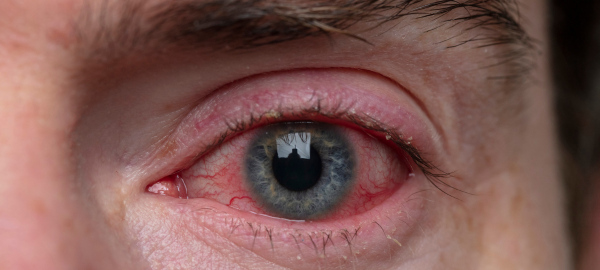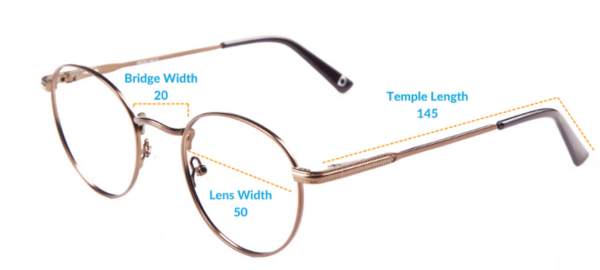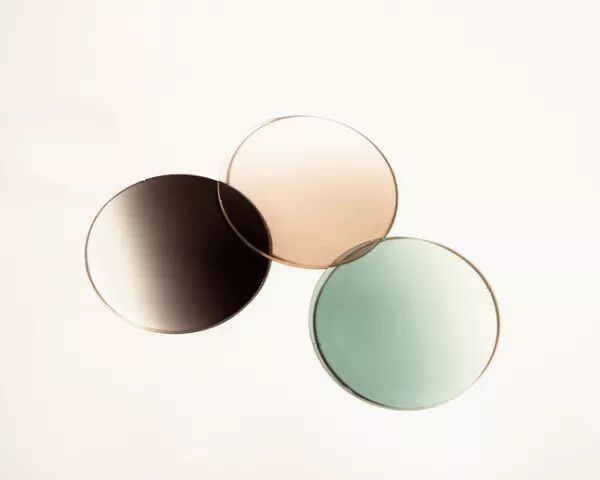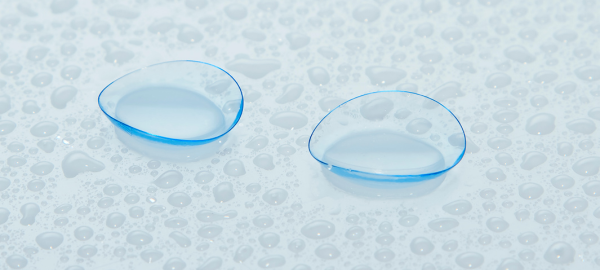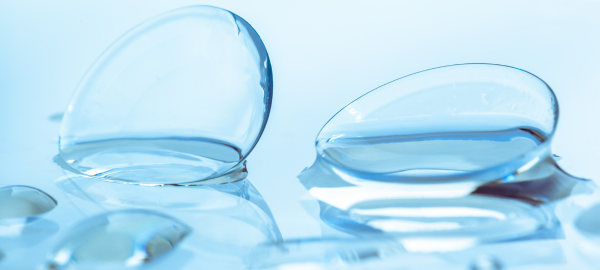Eye tests are now available online,. They can’t tell you as much as an in-person eye test at your eye doctor, but they can provide some useful information.
Author Archives: charlotte
Do I Need Glasses?
There are many signs that you may need glasses. if you’ve noticed any of these, it’s time to get your eyes tested.
What Lenses Do You Offer?
Here you can see the various types of lenses we offer at SmartBuyGlasses.
Causes and Treatment for Red, Bloodshot Eyes
Bloodshot eyes can be a symptom of some quite serious eye conditions, or just a mild irritation. Find out what’s responsible in your case and how you can remedy it.
Glasses Measurements: Everything You Need To Know
It’s important to know your glasses measurements when buying eyewear online. This useful guide explains the significance of the numbers printed on your glasses and how to take the measurements yourself.
Sunglasses Lens Colour Guide
Depending on weather conditions or the activities that are part of your daily routine, the colour of your lenses can enhance the overall performance of your glasses. Most people choose lens colours based on aesthetics, but did you know that different lens colours serve different purposes? In this article, we will guide you through the different colour options, explain the difference between each lens colour and help you understand how to choose the best one to suit your needs.
Silicone Hydrogel Lenses
Extended periods of contact lens use can irritate the eyes. Silicone hydrogel lenses’ properties make them an attractive choice for people with dry eyes.
What To Know Before Ordering Contact Lenses
Contact lenses can be a supplement or an alternative to glasses, but you shouldn’t order them based on your glasses prescription. This article walks you through the whole process.
Do Computer Glasses Work?
Do you find that your vision is blurry when working at your desk? Is it distracting you from your work? If so, it may be time to consider trying a pair of computer vision correction lenses.
Everything You Need to Know About Presbyopia
Presbyopia affects your close-range vision, making obkjects appear blurred. Learn why and how to treat it.









































